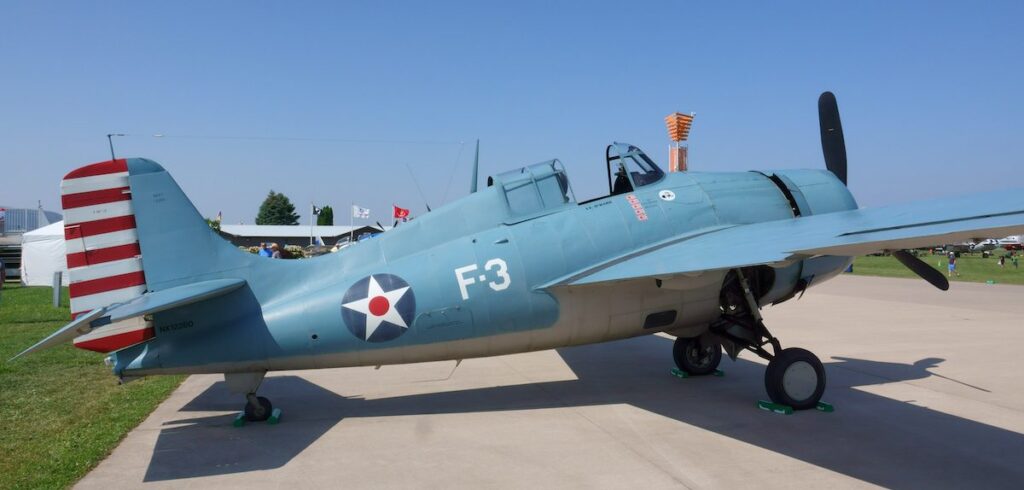
Grumman F4F-3 Wildcat
This F4F-3 Wildcat is on loan from the Lewis Air Legends collection, San Antonio, TX, and is the only flying F4F-3 Wildcat in the world.
Read More!
This F4F-3 Wildcat is on loan from the Lewis Air Legends collection, San Antonio, TX, and is the only flying F4F-3 Wildcat in the world.
Read More!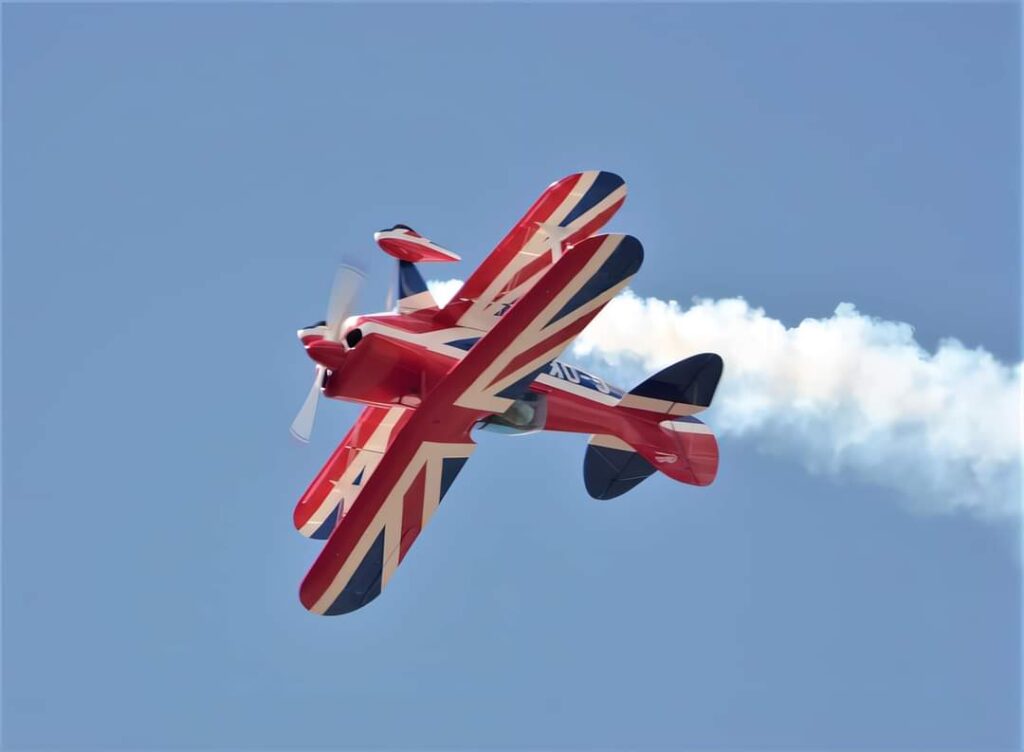
Designed by Curtis Pitts in 1944, the biplane hangs inverted with the nose up and at a slight bank to represent the biplane’s history of successful airshows.
Read More!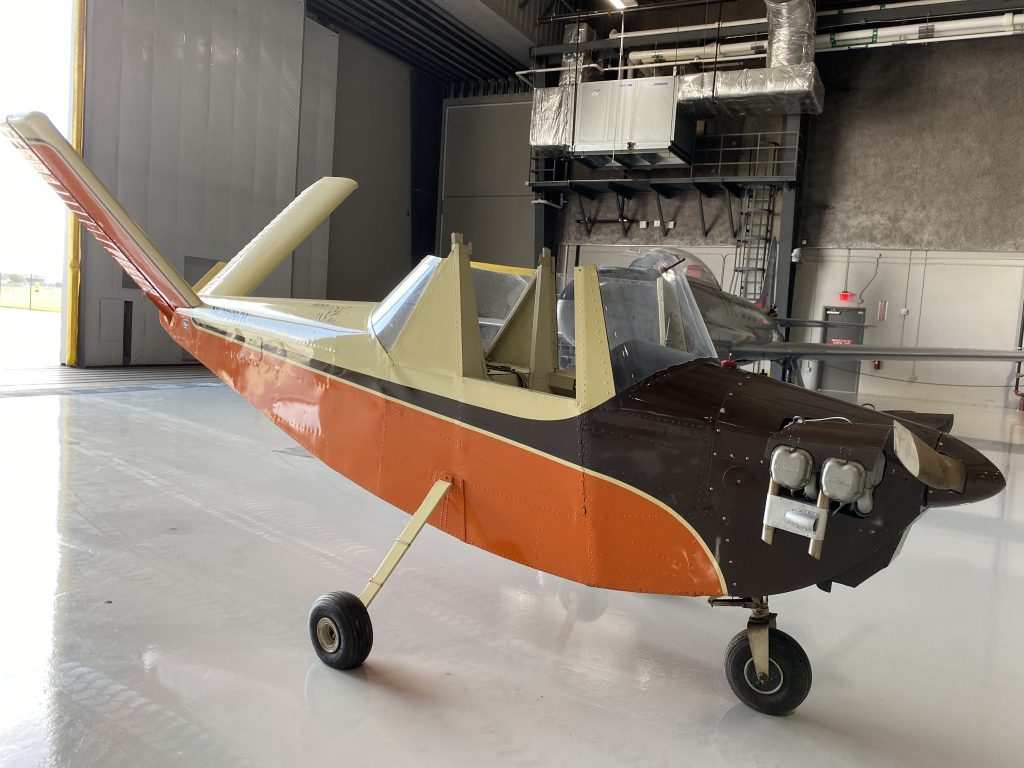
It is a high-wing cantilever monoplane with enclosed accommodation for the pilot below the wing and is fitted with a V-tail and tricycle landing gear.
Read More!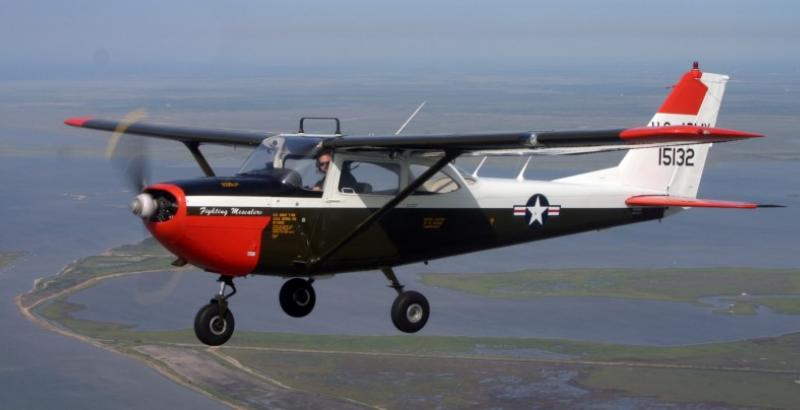
The T-41 Mescalero is a military version of the Cessna 172 that was fitted with a larger engine and variable pitch propeller.
Read More!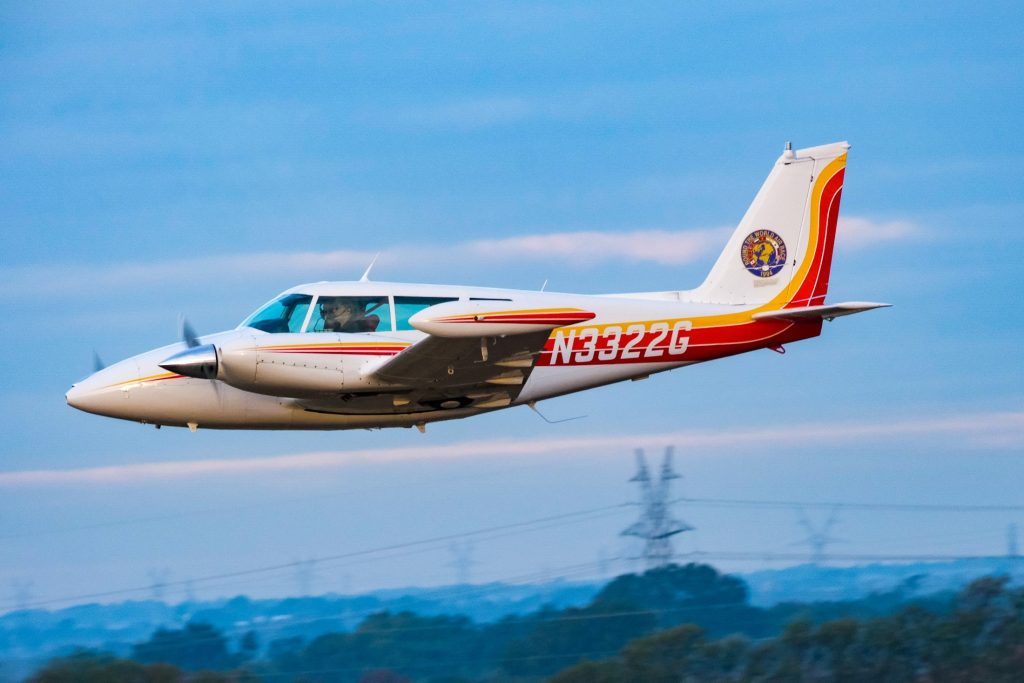
History making aircraft with an all female crew to win the 1994 Round the World Air Race!
Read More!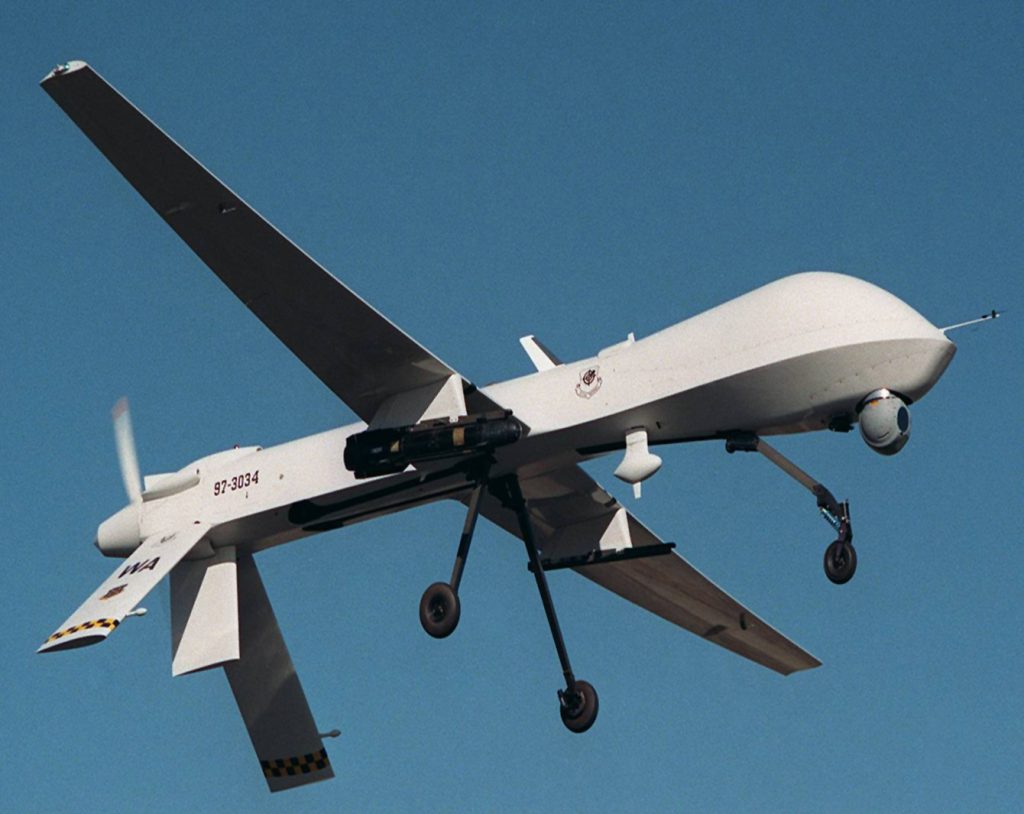
The Predator is an armed, multi-mission, medium-altitude, long-endurance remotely piloted aircraft that is employed as an intelligence-collection asset and against dynamic execution targets.
Read More!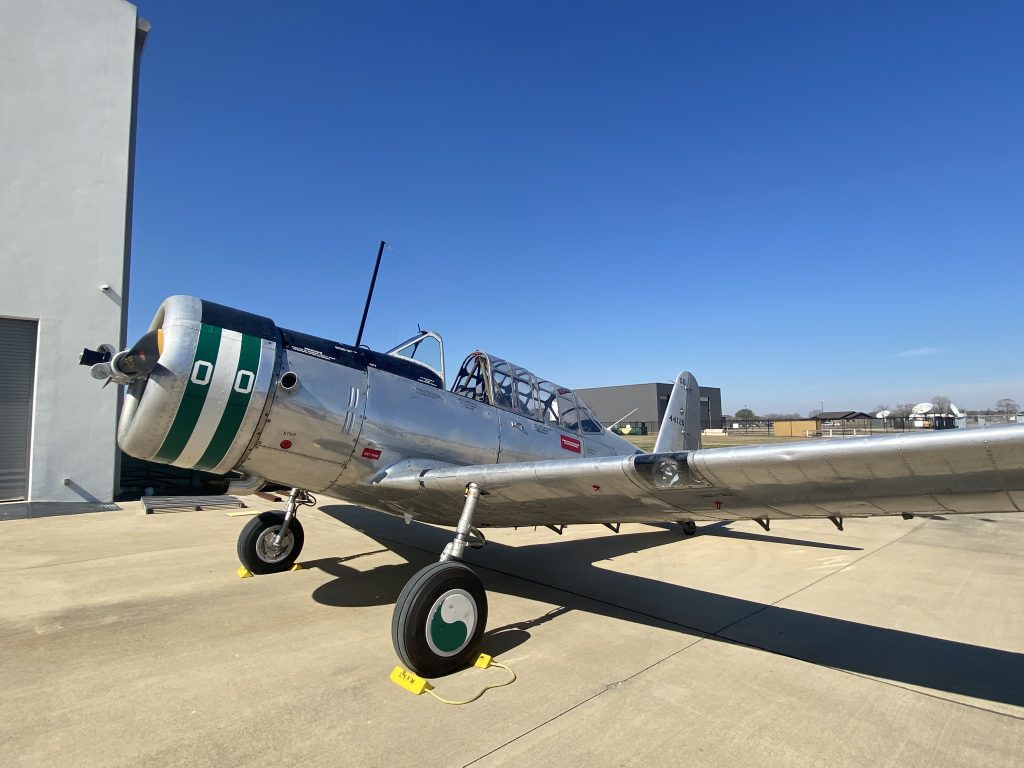
The Vultee BT-13, along with the PT-17 and the PT-19 were the three most widely used trainers employed by the United States military during World War II.
Read More!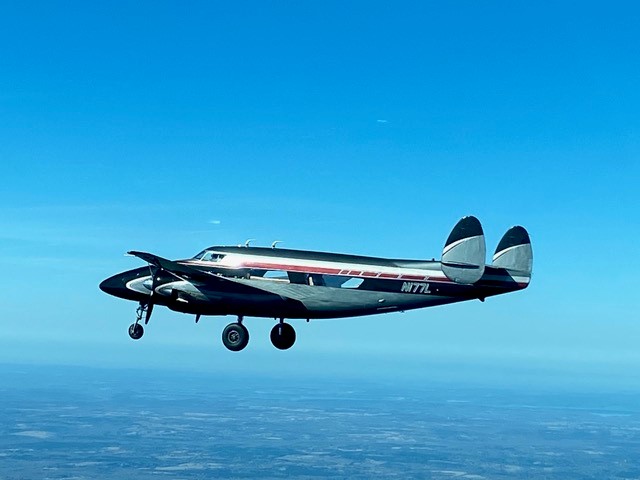
The Howard 250 was designed by Howard Aero to take the military designed transport Lockheed L-18 Lodestar and turn them into a executive corporate aircraft in the 1950’s.
Read More!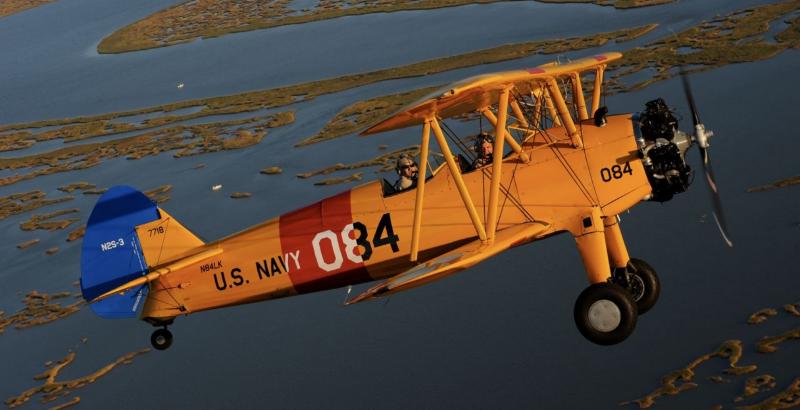
From 1934 until February 1945, the Stearman Aircraft Company, a division of the Boeing Aircraft Company, built a total of 8,428 model 75 airplanes for the U.S. Army and U.S.
Read More!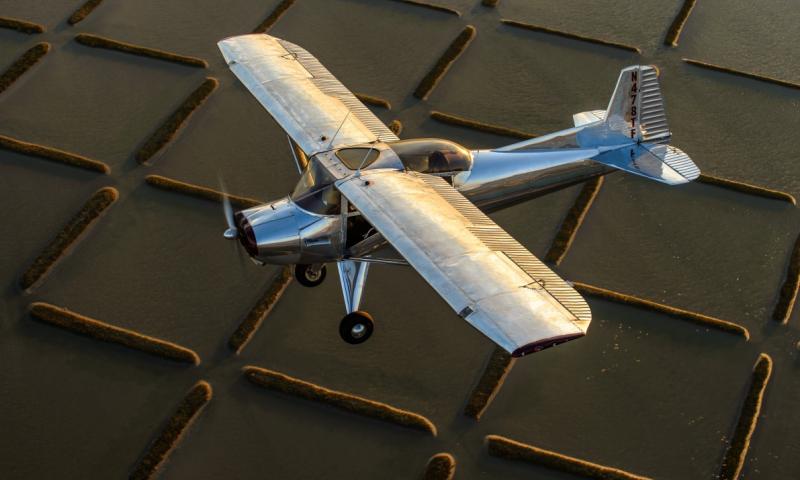
The Luscombe Aircraft Company made a name for itself building two-seat, all-metal sport aircraft before World War II.
Read More!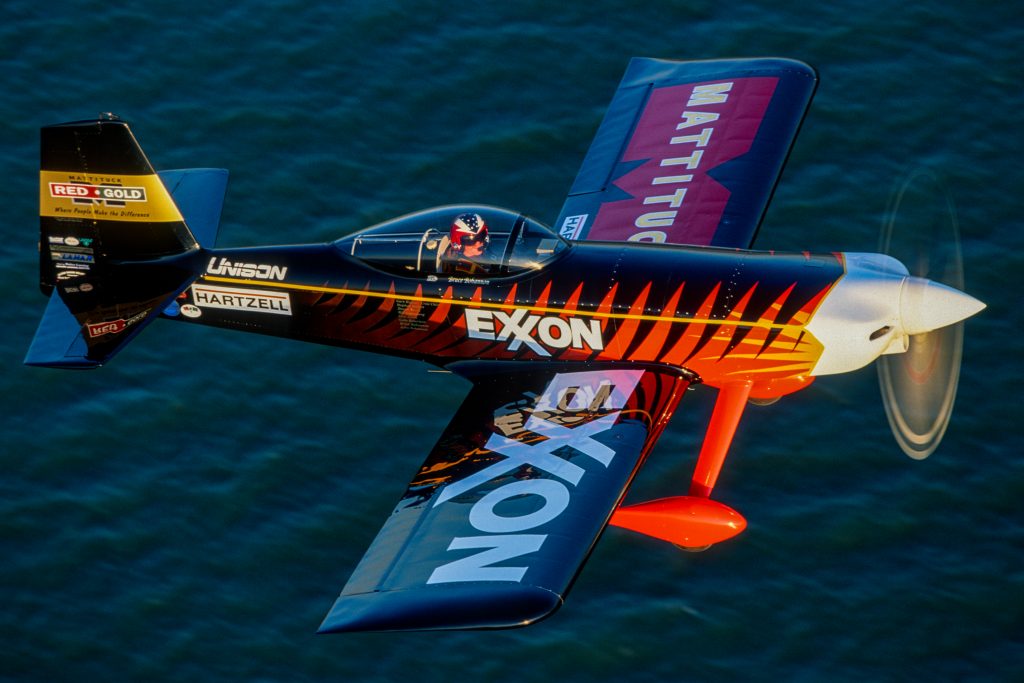
Registered as a “Bohannon B-1,” the Tiger is an all-metal monoplane designed specifically for setting time-to-climb and altitude records.
Read More!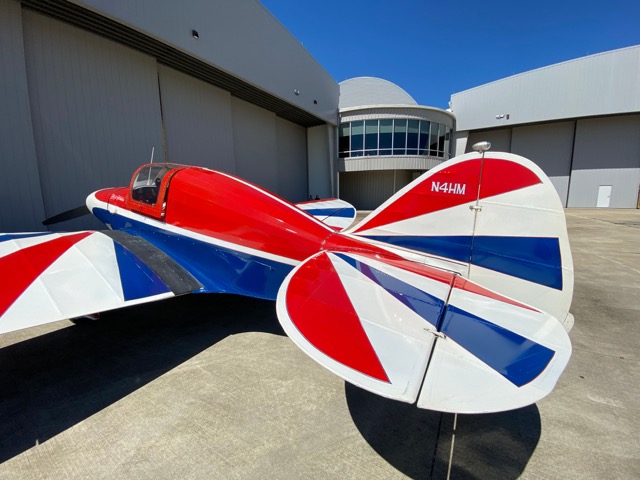
The Culver Dart was a 1930s American two-seat light monoplane aircraft produced by the Dart Aircraft Company.
Read More!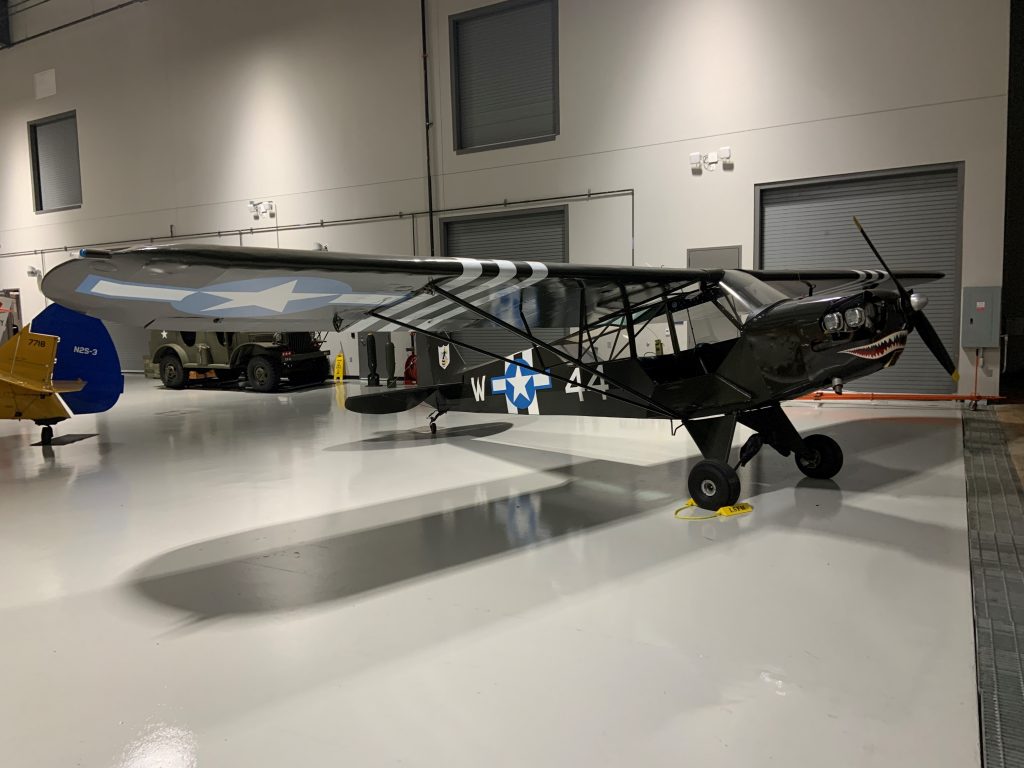
The L-4 was a two-place tandem cockpit, dual-control aircraft and was among the most useful tactical aircraft of WW II.
Read More!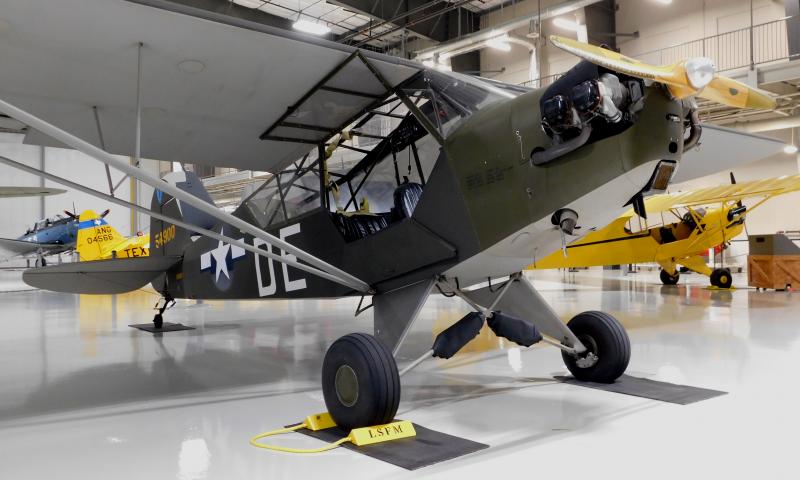
The L-4 was a two-place tandem cockpit, dual-control aircraft and was among the most useful tactical aircraft of WW II.
Read More!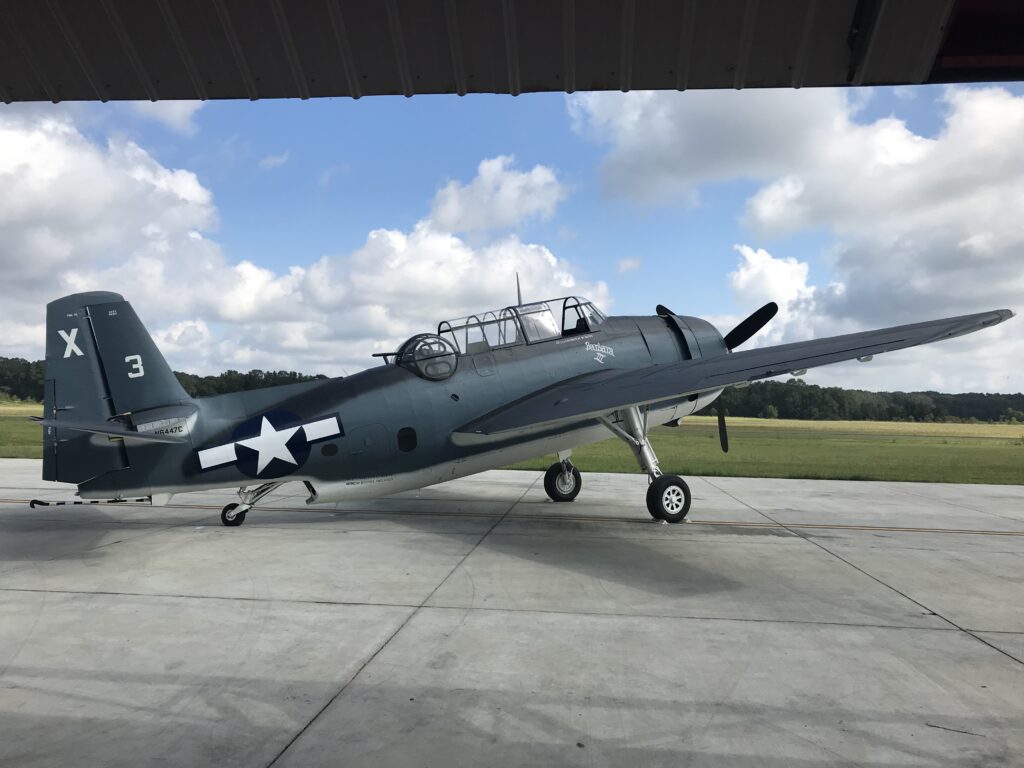
In 1939, aviation technology was changing so fast that two years after they took delivery of the Douglas TBD Devastator, the U.S.
Read More!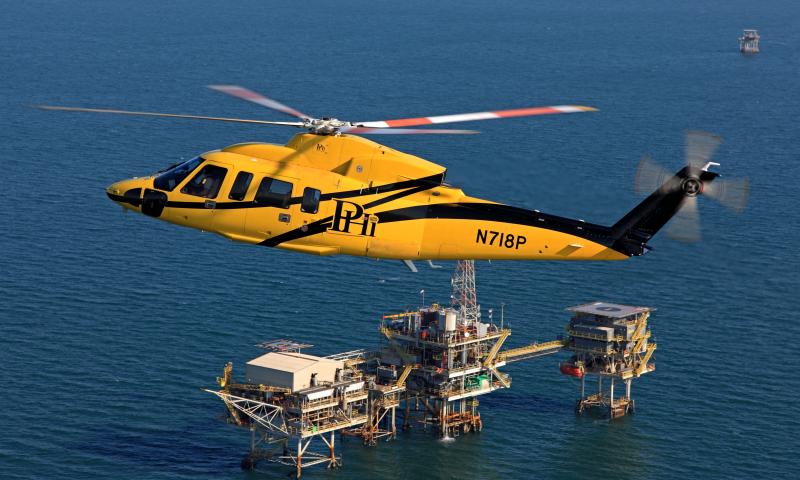
The S-76 was the first helicopter specifically designed by Sikorsky to meet the needs of the civilian and commercial markets. Seeing there was a growing need to move workers to off-shore oil.
Read More!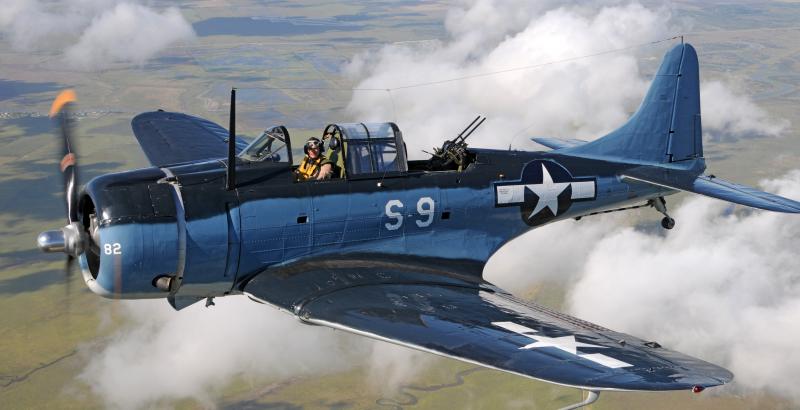
The SBD (Scout Bomber Douglas) Dauntless was derived directly from the Northrop BT-2 design of 1935.
Read More!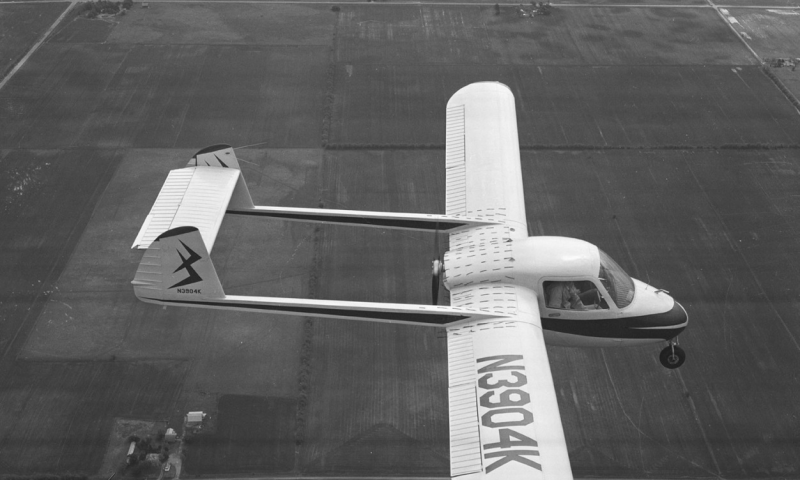
In 1940, Texas entrepreneurs Ben Anderson, Marvin Greenwood and Lomis Slaughter set out to build a two-seat, low wing aircraft for the sport aviation market.
Read More!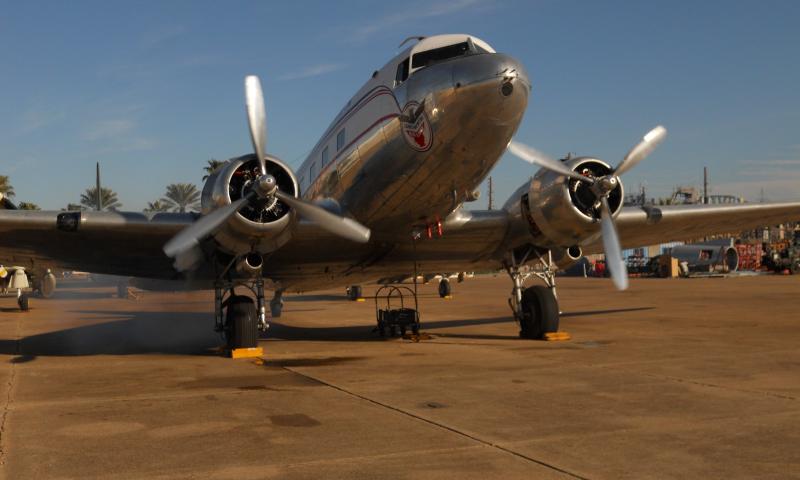
The DC-3 was engineered by a team led by chief engineer Arthur E. Raymond, and first flew on December 17, 1935 (the 32nd anniversary of the Wright Brothers flight at Kitty Hawk).
Read More!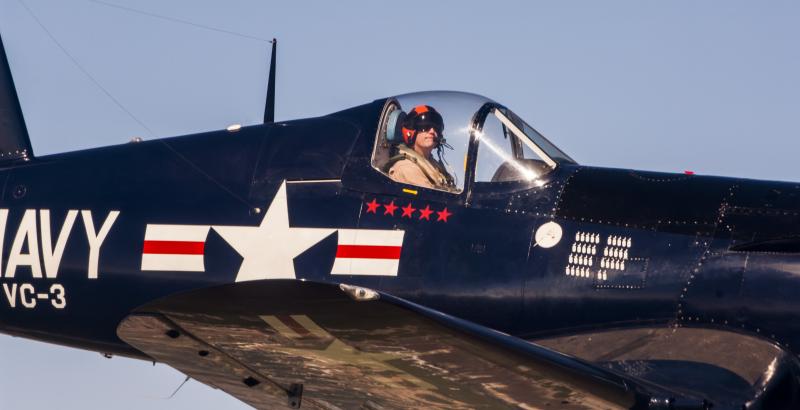
Chance Vought Aircraft Corporation contracted with the US Navy for a single prototype fighter aircraft in June 1938. Vought engineers selected the new 2,000 horsepower Pratt & Whitney R28
Read More!
In the late 1930s, the Fairchild Aircraft Manufacturing Company entered their M-62, later known as the PT-19 design to satisfy the Army Air Corps’ call for a primary trainer.
Read More!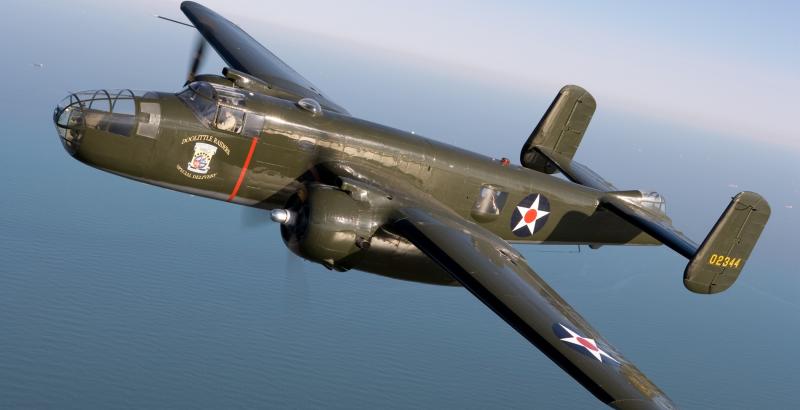
North American Aviation’s design of a twin-engine medium bomber was approved by the Army Air Corps in September 1939, and the prototype made its maiden flight less than a year later on 19 August 19
Read More!
The North American T-6 Texan was known as "the pilot maker" because of its important role in preparing pilots for combat. The T-6 was the classroom for most of the Allied pilots who flew in W.
Read More!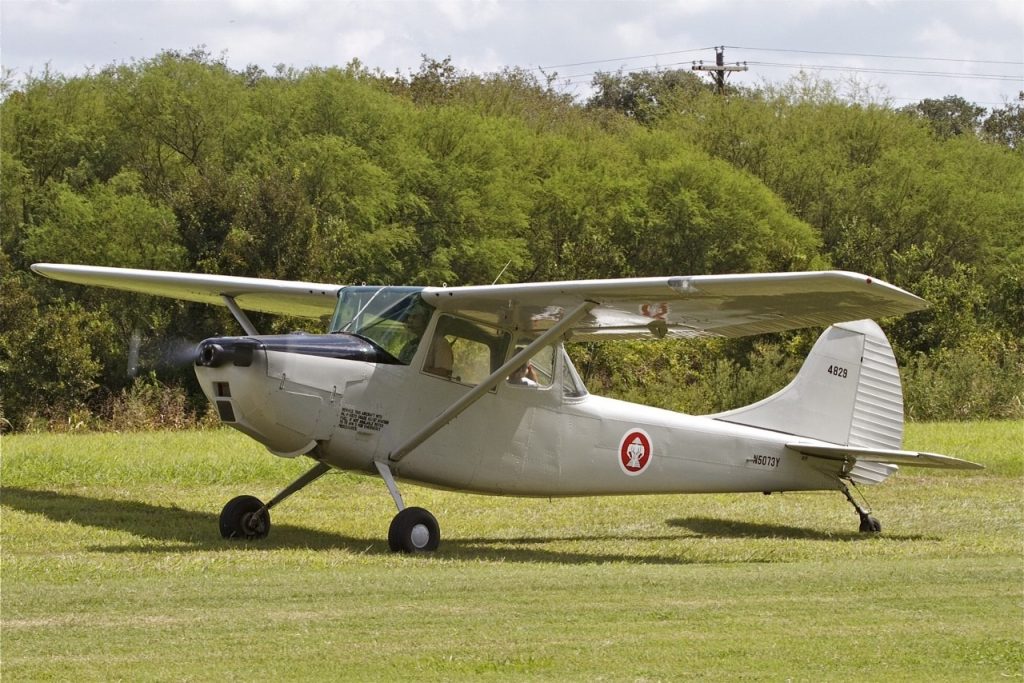
Introduced in 1950, the all-metal fixed wing with tandem seating and angled side windows improved downward visibility.
Read More!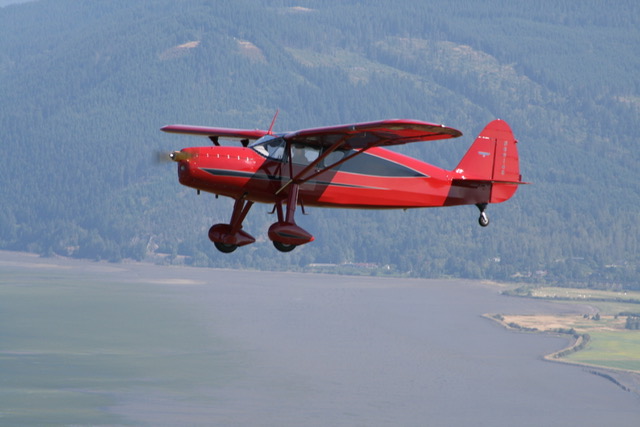
Designed by the Fairchild Aviation Corporation in 1931 as an economical, easy to fly touring aircraft.
Read More!
Designed by Curtis Pitts in 1944, the biplane hangs inverted with the nose up and at a slight bank to represent the biplane’s history of successful airshows.
Read More!
It is a high-wing cantilever monoplane with enclosed accommodation for the pilot below the wing and is fitted with a V-tail and tricycle landing gear.
Read More!
The T-41 Mescalero is a military version of the Cessna 172 that was fitted with a larger engine and variable pitch propeller.
Read More!
History making aircraft with an all female crew to win the 1994 Round the World Air Race!
Read More!
The Predator is an armed, multi-mission, medium-altitude, long-endurance remotely piloted aircraft that is employed as an intelligence-collection asset and against dynamic execution targets.
Read More!
The Vultee BT-13, along with the PT-17 and the PT-19 were the three most widely used trainers employed by the United States military during World War II.
Read More!
The Howard 250 was designed by Howard Aero to take the military designed transport Lockheed L-18 Lodestar and turn them into a executive corporate aircraft in the 1950’s.
Read More!
From 1934 until February 1945, the Stearman Aircraft Company, a division of the Boeing Aircraft Company, built a total of 8,428 model 75 airplanes for the U.S. Army and U.S.
Read More!
The Culver Dart was a 1930s American two-seat light monoplane aircraft produced by the Dart Aircraft Company.
Read More!
The L-4 was a two-place tandem cockpit, dual-control aircraft and was among the most useful tactical aircraft of WW II.
Read More!
The L-4 was a two-place tandem cockpit, dual-control aircraft and was among the most useful tactical aircraft of WW II.
Read More!
In 1939, aviation technology was changing so fast that two years after they took delivery of the Douglas TBD Devastator, the U.S.
Read More!
The S-76 was the first helicopter specifically designed by Sikorsky to meet the needs of the civilian and commercial markets. Seeing there was a growing need to move workers to off-shore oil.
Read More!
The SBD (Scout Bomber Douglas) Dauntless was derived directly from the Northrop BT-2 design of 1935.
Read More!
In 1940, Texas entrepreneurs Ben Anderson, Marvin Greenwood and Lomis Slaughter set out to build a two-seat, low wing aircraft for the sport aviation market.
Read More!
The DC-3 was engineered by a team led by chief engineer Arthur E. Raymond, and first flew on December 17, 1935 (the 32nd anniversary of the Wright Brothers flight at Kitty Hawk).
Read More!
Chance Vought Aircraft Corporation contracted with the US Navy for a single prototype fighter aircraft in June 1938. Vought engineers selected the new 2,000 horsepower Pratt & Whitney R28
Read More!
In the late 1930s, the Fairchild Aircraft Manufacturing Company entered their M-62, later known as the PT-19 design to satisfy the Army Air Corps’ call for a primary trainer.
Read More!
North American Aviation’s design of a twin-engine medium bomber was approved by the Army Air Corps in September 1939, and the prototype made its maiden flight less than a year later on 19 August 19
Read More!
The North American T-6 Texan was known as "the pilot maker" because of its important role in preparing pilots for combat. The T-6 was the classroom for most of the Allied pilots who flew in W.
Read More!
Introduced in 1950, the all-metal fixed wing with tandem seating and angled side windows improved downward visibility.
Read More!
This F4F-3 Wildcat is on loan from the Lewis Air Legends collection, San Antonio, TX, and is the only flying F4F-3 Wildcat in the world.
Read More!
The Luscombe Aircraft Company made a name for itself building two-seat, all-metal sport aircraft before World War II.
Read More!
Registered as a “Bohannon B-1,” the Tiger is an all-metal monoplane designed specifically for setting time-to-climb and altitude records.
Read More!
The L-4 was a two-place tandem cockpit, dual-control aircraft and was among the most useful tactical aircraft of WW II.
Read More!
Designed by the Fairchild Aviation Corporation in 1931 as an economical, easy to fly touring aircraft.
Read More!
The T-41 Mescalero is a military version of the Cessna 172 that was fitted with a larger engine and variable pitch propeller.
Read More!
From 1934 until February 1945, the Stearman Aircraft Company, a division of the Boeing Aircraft Company, built a total of 8,428 model 75 airplanes for the U.S. Army and U.S.
Read More!
North American Aviation’s design of a twin-engine medium bomber was approved by the Army Air Corps in September 1939, and the prototype made its maiden flight less than a year later on 19 August 19
Read More!
The North American T-6 Texan was known as "the pilot maker" because of its important role in preparing pilots for combat. The T-6 was the classroom for most of the Allied pilots who flew in W.
Read More!